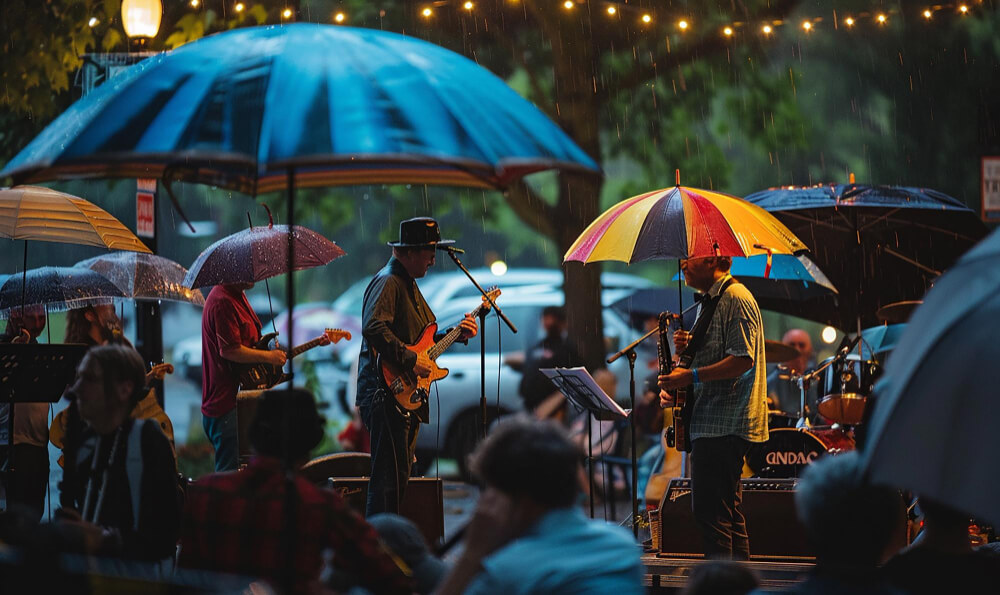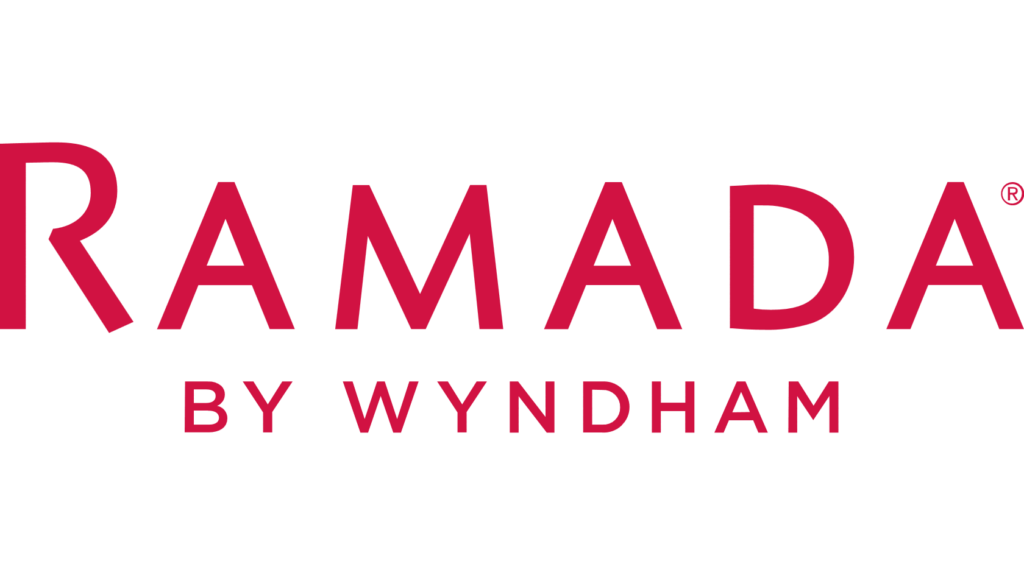Bronx’s Music History: From Jazz to Hip-Hop
The Bronx, one of New York City’s most vibrant and culturally rich boroughs, is often hailed as the birthplace of hip-hop. However, the musical history of the Bronx is much more extensive, encompassing an array of genres that have significantly influenced the American music landscape. From the soulful melodies of jazz to the revolutionary beats of hip-hop, the Bronx’s contribution to music is a testament to its dynamic and diverse community.

The Jazz Era: Harlem Renaissance Influences
While Harlem is often credited with the birth of the Harlem Renaissance, the cultural movement significantly influenced the Bronx as well. During the 1920s and 1930s, jazz music was thriving, and the Bronx became a notable destination for jazz enthusiasts. Clubs and venues across the borough hosted legendary musicians who played the latest jazz tunes, contributing to the borough’s burgeoning cultural scene.
Notable Jazz Venues in the Bronx
One of the most famous jazz venues in the Bronx was the Hunts Point Palace. Located in the Hunts Point neighborhood, this venue was a hotspot for jazz performances. Legendary musicians such as Duke Ellington, Count Basie, and Billie Holiday graced its stage, drawing audiences from across New York City. The intimate setting of Hunts Point Palace allowed jazz enthusiasts to experience the music up close, fostering a deep appreciation for the genre.
Another significant venue was the Club 845, also known as the Club 845 Lounge. Situated in the South Bronx, this club was known for its lively atmosphere and outstanding jazz performances. It was a place where musicians could experiment with their sound, contributing to the evolution of jazz music during this period.
The Rise of Latin Music: Salsa and Mambo
The mid-20th century saw a surge in Latin music’s popularity in the Bronx, particularly salsa and mambo. The influx of Puerto Rican immigrants during the 1940s and 1950s brought with them a rich musical heritage that blended with the existing musical landscape of the Bronx. This fusion gave rise to a unique sound that resonated with the borough’s diverse population.
Key Figures and Venues in Latin Music
Tito Puente, known as the “King of Latin Music,” was a prominent figure in the Bronx’s Latin music scene. His innovative approach to mambo and salsa music captivated audiences and earned him a lasting legacy in the world of Latin music. Puente’s performances at venues like the Palladium Ballroom in Manhattan also drew crowds from the Bronx, showcasing the borough’s connection to the broader Latin music movement in New York City.
The Tropicana Club, located in the Bronx, was another significant venue for Latin music. It hosted numerous salsa and mambo nights, attracting both local residents and visitors from other boroughs. The energetic rhythms and vibrant dance styles of Latin music became an integral part of the Bronx’s cultural fabric during this period.
Doo-Wop and the Birth of Rock and Roll
The 1950s and 1960s witnessed the emergence of doo-wop and rock and roll, genres that further enriched the Bronx’s musical tapestry. Doo-wop, characterized by its harmonized vocal arrangements and catchy melodies, found a natural home in the Bronx’s tight-knit communities. Young musicians formed vocal groups, often practicing in hallways and street corners, honing their craft and dreaming of stardom.
The Influence of Doo-Wop
The Chords, a Bronx-based doo-wop group, achieved national fame with their hit song “Sh-Boom” in 1954. This success story was emblematic of the broader doo-wop movement in the Bronx, where numerous groups sought to capture the hearts of listeners with their harmonious tunes. The genre’s popularity also paved the way for the rise of rock and roll, as artists began to incorporate more energetic and electrified elements into their music.
The Dawn of Hip-Hop: The Bronx’s Greatest Legacy
While the Bronx’s contributions to jazz, Latin music, and doo-wop are significant, its most profound impact on the music world undoubtedly comes from hip-hop. The genre emerged in the 1970s, reflecting the social, economic, and cultural realities of the borough’s residents. Hip-hop provided a voice for marginalized communities, allowing them to express their experiences and aspirations through music.
The Pioneers of Hip-Hop
DJ Kool Herc, often credited as the “father of hip-hop,” played a crucial role in the genre’s inception. In the early 1970s, Herc began hosting block parties in the Bronx, where he would use turntables to extend the break sections of songs, creating an entirely new sound. This innovative technique laid the foundation for hip-hop music and culture.
Other pioneers, such as Grandmaster Flash and Afrika Bambaataa, further developed the genre, incorporating elements of DJing, MCing, breakdancing, and graffiti art. The South Bronx, in particular, became a hub for hip-hop creativity, with artists using the urban landscape as their canvas and the streets as their stage.
Iconic Hip-Hop Venues
1520 Sedgwick Avenue, often referred to as the birthplace of hip-hop, holds a special place in the history of the genre. It was here that DJ Kool Herc hosted some of his earliest parties, sparking a musical revolution that would spread across the globe. Today, the building is recognized as a historic site, honoring its pivotal role in hip-hop’s origins.
The Bronx River Houses, another significant location, served as a gathering place for many early hip-hop artists. Afrika Bambaataa, a resident of the housing complex, founded the Universal Zulu Nation, an organization dedicated to promoting peace, unity, and hip-hop culture. The Bronx River Houses became a symbol of the genre’s ability to transform and uplift communities.
The Evolution and Global Impact of Hip-Hop
Since its inception in the Bronx, hip-hop has evolved into a global phenomenon, influencing music, fashion, art, and culture worldwide. The genre’s ability to adapt and innovate has allowed it to remain relevant and impactful across generations.
Modern-Day Hip-Hop in the Bronx
The Bronx continues to be a vibrant center for hip-hop culture. The borough hosts numerous events, such as the annual Bronx Hip-Hop Day, which celebrates the genre’s rich history and ongoing influence. Local artists and organizations work tirelessly to preserve the legacy of hip-hop while fostering new talent and creativity.
The Global Reach of Hip-Hop
Hip-hop’s global reach is a testament to its power as a cultural force. Artists from around the world have embraced the genre, infusing it with their unique styles and perspectives. From the streets of Paris to the townships of Johannesburg, hip-hop serves as a universal language, uniting people across borders and cultures.
Conclusion: Experience the Bronx’s Musical Heritage
The Bronx’s rich musical history, from jazz and Latin music to doo-wop and hip-hop, reflects the borough’s vibrant cultural diversity and creative spirit. Each genre has left an indelible mark on the community, contributing to the Bronx’s legacy as a vital hub of musical innovation and expression.
To fully appreciate the Bronx’s musical heritage, a visit to the borough is a must. Whether you’re exploring historic jazz venues, dancing to the rhythms of salsa, or immersing yourself in the birthplace of hip-hop, the Bronx offers a unique and enriching experience for music lovers.
For those looking to explore the Bronx and its musical history, consider staying at the Ramada Bronx. Conveniently located with modern amenities and comfortable accommodations, the Ramada Bronx is an ideal base for your journey through the borough’s vibrant music scene. Book your stay today!
Discover the best Hotels near Bronx NY and make the most of your visit to this culturally rich and historically significant borough. Experience the music, the history, and the spirit of the Bronx firsthand.
- Designed by Ash Patel Digital


Leave a Reply